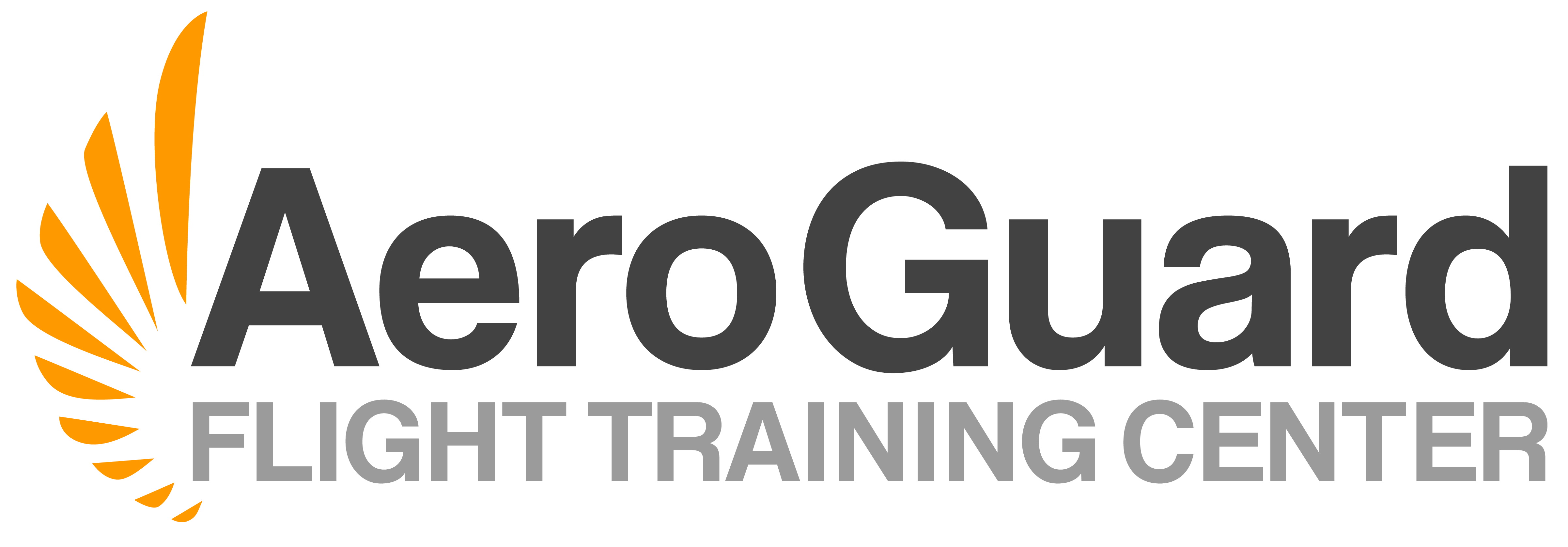How to Calculate Ground Speed and Time En Route with E6B Flight Computer
How to Use an E6B Flight Computer for Ground Speed and Time En Route – Video Transcript
Today we’re going to learn how to use this E6B to calculate our time en route and the easiest way to help us with that is we’re going to use an example question from the FAA knowledge test. So, let’s dive into that question real quick. The question reads:
What is the estimated time en route for a flight from
Claxton-Evans County Airport (area 2) to Hampton Varnville Airport (area 1)?
The wind is from 290Ëš at 18 knots and the true airspeed is 85 knots. Add 2 minutes for climb out.
A) 44 minutes
B) 35 minutes
B) 39 minutes
All the answers are pretty close together so we’re going to have to be very accurate with this E6B.
In order for us to solve this question correctly. We’re going to have a couple of things that we need to calculate. One thing that we’re going to need to know is what is the distance for this flight. We’re going to need to know that distance, we’re going to need to apply then our ground speed to that distance and then the last step that we’re going to need to do that we can’t forget about is to add our two minutes for the climb.
Okay so our first step – let’s jump into the chart excerpt that they gave us and let’s calculate what this distance is going to be. Let’s look at the image provided and to start let’s draw the true course by connecting the Claxton-Evans County Airport to the Hampden Varnville, I’ll add an arrow to remind us which direction we are flying. Next, we’ll use our plotter to measure the true course and the distance. To measure the true course we will simply put the top edge of the plotter along the course line and rotate the grid until it is aligned with either a line of latitude or longitude. In this case we’ll follow the direction of the arrow and our true course is approximately 045Ëš.
We can then switch sides of the plotter and using the bottom edge of the plotter will find the sectional scale because we’re using a sectional chart and measure the distance. In this example our distance between the two airports is 57 nautical miles. So now we know our distance is going to be 57 nautical miles and we also learned that our true course is going to be 045Ëš.
Now we’ll jump over to the E6B and correct for the wind to ultimately determine what our ground speed will be. Then we’ll be able to calculate what that time en route will be and add our two minutes and be good to go.
How to Use the E6B Flight Computer
So step one jumping over to the E6B we’re going to follow the normal steps, so the first thing we’re going to need to do is mark our wind dot. To do that we’re going to place our wind direction under the true index, in this case the wind direction from the question was 290Ëš so we’re good there. Then we’re going to mark the wind speed up from this center point, I chose 100 as a starting point simply because it makes the math a little bit easier. In this case our wind speed was 18 knots so we’re going to just mark 18 knots above this center dot. So there’s our mark and our wind dot.
The next step will tell us that we should rotate our true course under the true index. As we recall, our true course was 045Ëš, so what I’ll do is rotate in our true course and our next step will be to move this wind dot until it’s under our true airspeed. So in this example they told us our true airspeed was 85 knots so I’m simply going to lift this up until we see 85 knots is riding under the wind dot.
Now we can read our answers. The first thing we can read is a wind correction angle in this case that’s not really that relevant to answering the question so I’m not going to worry too much about it. The next part is we can read our ground speed under the center dot so our ground speed is approximately 91 knots. So if we go back to the board here we can see then that our ground speed is now 91 knots.
Okay so now the question is how are we going to use the distance and the ground speed to calculate what our time en route will be? For that, we’re going to need to switch to the other side of the E6B, so I’ll spin it around here and now we’re going to follow these same instructions that you see written down here. So we’re going to put our ground speed over the black triangle and then what we’ll find is our distance on the outer ring and then the time en route is found on the inner ring.
In this case our ground speed is 91 knots so there’s our black triangle and there’s 91 knots – that looks set to me. Now we need to find according to the instructions the distance on the outer ring, so in this case 57, which is about where my thumb is here. So we had 55, 56, 57, and that’s going to be across from the time, so the time is about 36, 37, 37 and a half. So our time en route based on these two is about 37 minutes.
Okay we’ll take that, we’ll add our last two minutes for the climb out and we should then get a final answer of approximately 39 minutes.
Let’s go back to our possible answers here on the question and see which one is correct. So we see the first answer was 44 minutes, our second answer was 35 – it’s pretty close – but our last answer was 39 which is dead on the money with what we got. I think that’s going to be the answer for us.
I hope you have a little bit more familiarity now with how to use this E6B to calculate our time en route.

